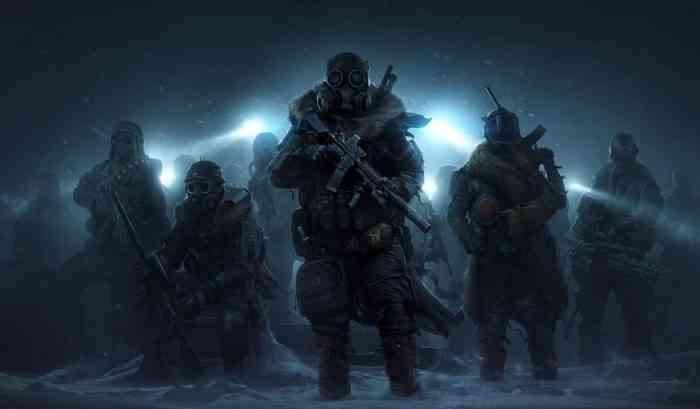Wasteland 3 Interview
Late last month, COGconnected was provided the opportunity to go hands on with Wasteland 3. As noted in our preview, we found that “Wasteland 3 looks to take everything players liked from Wasteland 2, and just make it better.” We also had a chance to speak with Lead Level Designer, Jeremy Kopman who took us through the demo. Subsequently, we were able to ask Jeremy a number of questions pertaining to inXile Entertainment and Wasteland 3.
COGconnected: We are here with Jeremy Kopman, Lead Level Designer on Wasteland 3. Jeremy, for those that may not know, Jeremy, could you give a brief rundown on what your role entails for Wasteland 3?
Jeremy Kopman: As Lead Level Designer, I’m responsible for coordinating and directing the other level designers. Early in the project that means prototyping level and gameplay content (e.g.: exactly how do we set up a locked door – a much more complicated problem than you might expect), setting standards for how we build and implement our levels, and working with our narrative design team to make sure that dialog writing and mission design work well with our plans for layouts and gameplay. Now that we’re deep in production, I spend most of my time working with the level designers to iterate and polish the levels we’ve built.
There has been a bit of a resurgence of CRPGs, or isometric turn-based, RPGs in recent memory, with Wasteland 2 being one of the first in the latest wave. Was there something that inXile saw in the genre that lead to the Wasteland franchise being revived?
I think Brian recognized that there was a hunger for this type of game a few years ago. There hadn’t really been any entrants in the genre for several years, but the fan base was still out there. More importantly, though, this is just the kind of game that Brian and the team at InXile are passionate about. We love RPGs and that’s where we want to live.
As for your role in particular, is there something about RPGs of this nature that makes level designing more interesting? Is there anything about it that is limiting?
Wasteland games, and most CRPGs in general, live and die on the strength of their narrative choice and consequence. Since the level designers are responsible for scripting all of the variables and conditions that allow that reactivity to exist, tracking and implementing those elements takes up most of our days. For the right type of brain, that kind of complex logic and problems solving is super fun – though it can also be maddening when you have a particularly pernicious bug.

Wasteland, relative to other games in the genre, takes place in a unique setting. What sort of cues can you take from other games that are generally Fantasy oriented, and what do you find is easier or harder to do in the context of Wasteland 3?
The relatively grounded post-apocalyptic setting of Wasteland lets us use modern tech like guns, rocket launchers, and vehicles. In addition, the cobbled tech invented by the post-apoc survivors and the energy weapons and crazier inventions hidden in pre-war secret laboratories lets us heighten things more. That selection of equipment has a big impact on how we design our combat systems, putting the focus on tactical positioning and cover in a way that might not work as well with a swords-and-spells system.
Narratively, the world of Wasteland is much darker – and grimly funnier – than your average fantasy setting, so the characters and missions spring from the conflicts that naturally arise at the end of the world.
We know that the acquisition of the company by Xbox game studios is huge and allows for some more freedom to do what you want. How has the development process changed since the time of the acquisition, whether from an overall or level designing point of view?
The biggest impact has been increased time. The additional time we could afford after the acquisition has let us polish the game’s systems and add features like full VO that really bring the game to life.
The genre that Wasteland operates in is somewhat niche, but there is definitely a hardcore audience. In development, is there any emphasis on making the game more appealing to the mainstream audience?
We’re absolutely committed to keeping the same depth in both the game’s systems and story as we had in Wasteland 2, so hardcore players will feel right at home. With all of the skills, perks, and quirks we’re planning, there will be lots of toys to play with. At the same time, we’re working hard on how we introduce and scaffold in the game’s mechanics so new players can grok things quickly and organically.
For our last portion here, Jeremy, is there anything you would like to share with Wasteland 3 fans? Something we didn’t get to touch on, or something you feel needs to be known about the game?
I just want to say that we’re really excited to get the full game into folks’ hands next year. The demo we just released to our alpha backers is just an amuse-bouche for the whole experience. There’s so much more cool stuff coming.

Releasing in early 2020, Wasteland 3 is just around the corner.